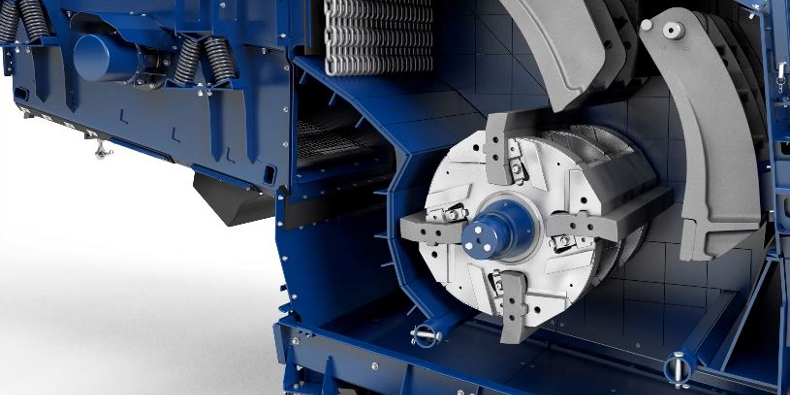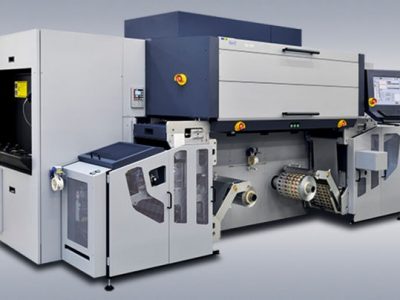An impact crusher is a heavy-duty machinery that reduces large rocks into smaller, more manageable pieces. This crusher is typically used in the mining and construction industries, where it is used to crush rocks, concrete, and other materials. A Tracked Impact Crusher is highly versatile equipment used in various applications where high-speed impact forces are needed to reduce large materials into smaller pieces.
Tracked impact crushers are used in
- Surface and underground mining operations to crush large rocks and ore. They are helpful for crushing materials with high compressive strength, such as granite and other hard rock.
- Construction and demolition projects to crush concrete and other materials into smaller pieces.
- Recycling operations to reduce waste materials, such as concrete and asphalt, into reusable aggregate.
- Road Building and Maintenance operations to crush rock and other materials for use in road building and other construction projects.
- Quarrying operations to crush rock, gravel, and other materials for use in construction and other industries.
- Demolition operations to reduce building materials into smaller, more manageable pieces.
Working Principle of an Impact Crusher
Impact crushers use high-speed rotors equipped with striking plates to crush materials. The rotor rotates at high speed, and the material is fed into the crushing chamber, where the striking plates impact it. The impact force breaks the material into smaller pieces and expels them from the crusher. The size and shape of the final product depend on the type of impact crusher used, the machine’s setting, and the material being processed.
Impact Crusher Components
Feeder: The feeder is responsible for transporting the material into the crushing chamber. It is made of a hopper, which holds the material, and a vibrating feeder, which helps to distribute the material into the crushing chamber evenly.
Rotor: The rotor is the major component of the impact crusher and is responsible for generating the high-speed impact forces that crush the material. It has a series of striking plates, attached to the rotor, which strikes the material.
Striking Plates: The striking plates are the components that crush the material. They are made of a hard, durable material, such as manganese steel or ceramic, and are attached to the rotor.
Discharge Chute: The discharge chute is the component that collects the crushed material and transports it out of the crusher. It is typically made up of a series of baffles, which help to regulate the flow of material, and a discharge conveyor, which carries the crushed material away from the crusher.
Advantages of Impact Crushers
Impact crushers have a high reduction ratio, meaning they can effectively reduce the size of large materials into smaller pieces. They can crush various materials, including rocks, concrete, and asphalt, and are highly efficient at producing consistent and uniform-sized pieces. Compared to other crushing equipment, these crushers have low operating costs. They are designed with simplicity, making them easy to maintain and repair. It reduces downtime and keeps costs low. Impact crushers use less energy than other crushing equipment, making them more environmentally friendly and cost-effective. They come equipped with adjustable settings, which allow operators to control the size of the final product and adjust the machine to their specific needs. These crushers are built with durable components and materials, making them long-lasting and reliable. They are designed with safety in mind and come equipped with various safety features, such as overload protection and automatic shut-off, to ensure the safety of operators and maintenance personnel.
A Tracked Impact Crusher is highly mobile and is easily transported from site to site, making it ideal for work on remote or challenging sites. It is used in various applications, including concrete and asphalt recycling, rock crushing, and mineral processing. These crushers have a high production rate, making them ideal for large-scale projects and producing a consistent, high-quality end product.












Comments